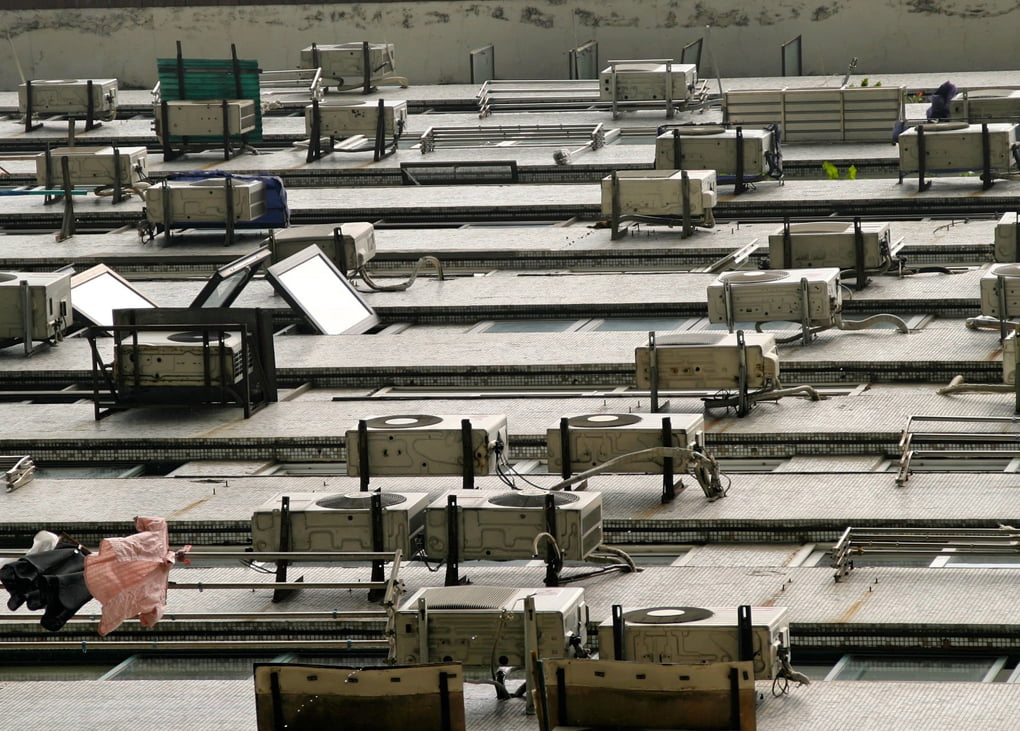A recent study by Empa researchers has predicted that climate change could increase the cooling demand of buildings.
The projection is based on climate data from Switzerland and research done at NEST, a building Empa and Eawag use for modular research.
It is estimated that the average global temperatures will rise due to climate change, which will in turn create a greater need for ambient indoor temperatures. An increase in the use of air conditioners will then create a higher energy demand.
The Empa researchers took population growth along with the above factors into consideration.
Post doctorate at Empa’s Urban Energy Systems lab, Robin Mutschler, told Science Daily that by including ambient temperatures, the team were able to make a projection of the future thermal energy demand of buildings based on the climate scenarios for Switzerland.
The findings forecast that “in an extreme scenario where the whole of Switzerland would rely on air conditioning, almost as much energy would be needed for cooling as for heating by the middle of the century.
“In figures, this corresponds to about 20 terawatt hours (TWh) per year for heating and 17.5TWh for cooling. The required cooling energy was calculated without regard to the technology. If this is provided by reversing a heat pump process, e.g., with COP 3 for cooling, the electricity demand for 17.5TWh cooling energy is about 5.8TWh.”
Buildings in Switzerland currently account for approximately 40 per cent of the total energy demand, with the majority being used for heating. The research team believe only a small percentage of households own air conditioners at this time.
The findings estimate that energy demand could increase anywhere from a small percentage to 50 per cent. Fortunately, photovoltaic systems could also allow electricity production to meet the cooling demand.
Mutschler believes new building infrastructure should include a focus on reducing heat gains. In another article the research team (including Mutschler, Philipp Heer, Martin Rüdisüli and Sven Eggimann) wrote for ETH Zurich, they state this could be achieved by constructing buildings with less window or glazed areas, as well as building orientation considerations or passive cooling strategies such as night cooling or window shading.
The full paper is available to read here.



Leave a Reply